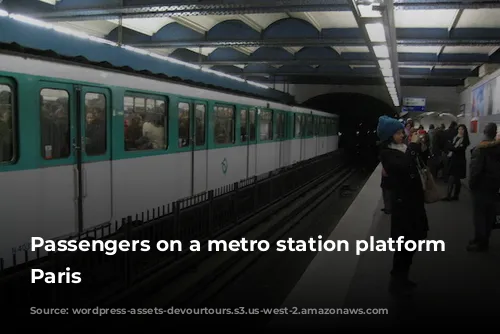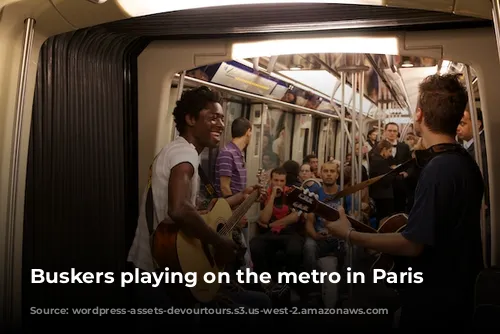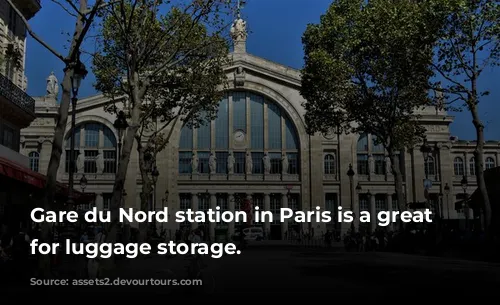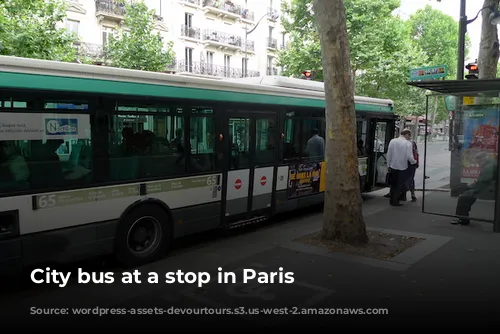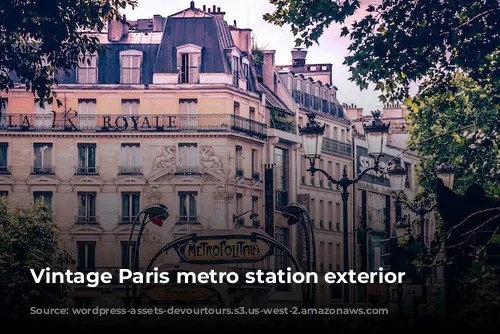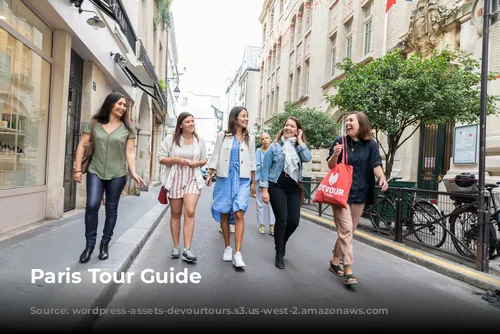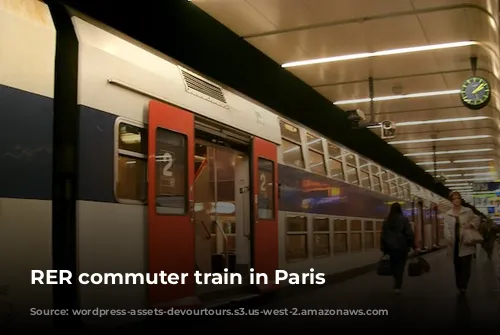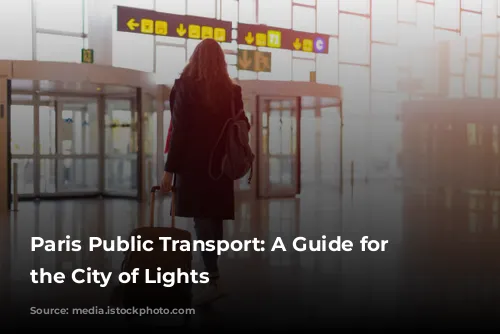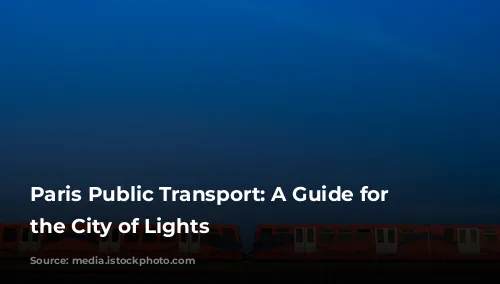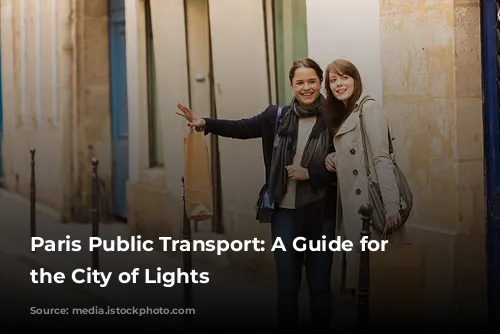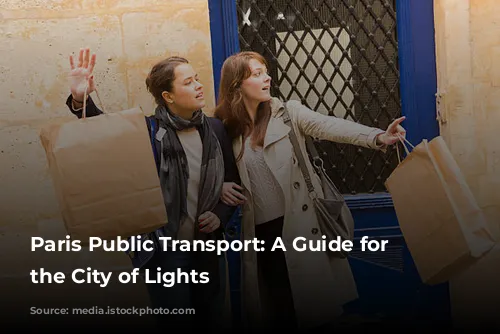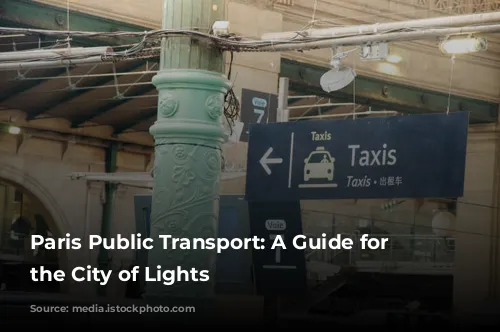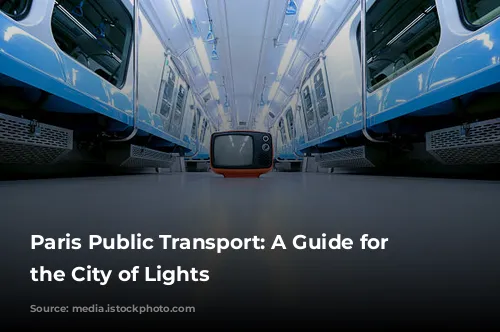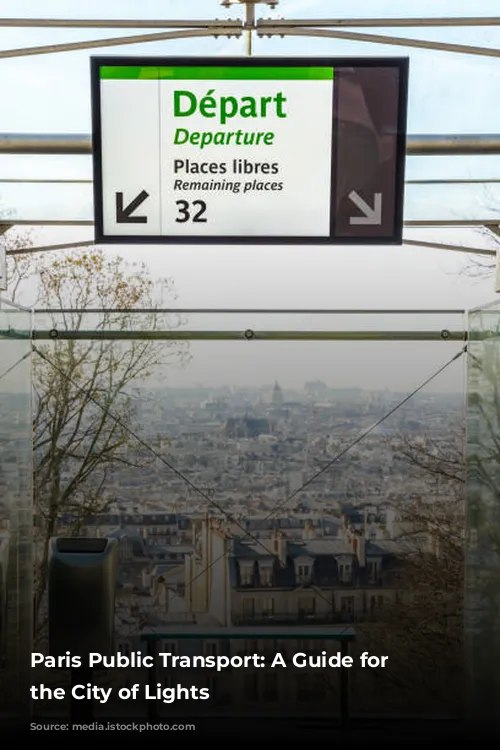Paris is known for its iconic landmarks, charming streets, and vibrant culture. But getting around this bustling city can be daunting, especially for first-time visitors. Fortunately, Paris boasts a comprehensive public transportation network, making it easy to explore all the city has to offer.
Navigating the Paris Metro
The Paris Metro is a well-maintained, extensive underground system, serving as the heart of the city’s public transport. With 16 lines, 301 stations, and 86 iconic art deco entrances, the Metro connects you to nearly every corner of Paris.
Tickets:
- Single-use “t+” tickets cost €1.90 and are valid for one journey on the Metro, bus, tram, or RER within the city limits.
- Books of 10 tickets offer a reduced price of €16.90.
- Paris Visite pass provides unlimited travel within Paris for five days for €38.35.
Tips for Navigating the Metro:
- Ticket machines are available in all major stations, with English language options.
- Keep your tickets until you exit the station, as spot checks by inspectors are common. Fines can reach €60 for missing tickets.
- Don’t be afraid to walk between stations. Stations are usually within a 10-minute walk from each other, and it’s often more enjoyable than navigating crowded tunnels.
- Avoid rush hour, as all lines can become packed.
Exploring the Metro’s Character:
Each line has its own unique personality. Line 4 is one of the oldest lines in the system. Lines 1 and 9 are known for pickpockets, while Line 13 is notorious for being crowded at all times. Lines 2 and 6 are the most scenic, offering views of the Eiffel Tower, the Seine River, and Parisian apartments.
Beyond the Metro: Buses, Bikes, and Trams
While the Metro is the most efficient way to travel, Paris offers other transportation options for exploring the city.
Bus:
- The bus network offers easier accessibility for people with disabilities.
- Bus routes are less reliable than the Metro during rush hour due to traffic.
- Single-use tickets are valid for the bus.
- Validate your ticket as you board the bus.
- The 69 bus route is a scenic option, connecting the Eiffel Tower, the Louvre, and the Père Lachaise cemetery.
Bike:
- Bike lanes and car-free zones make cycling in Paris safe and enjoyable.
- Vélib’, the city’s bike-sharing scheme, is a convenient and inexpensive way to explore.
- Free rides for under 30 minutes are available, with a fee for longer rides.
- Electric bikes offer a more convenient option, but come with a fee for every ride.
Tram:
- Trams are primarily found on the outskirts of the city.
- Single-use “t+” tickets are required for trams, and must be validated as you board.
- Buy tickets before boarding.
Staying Safe on Public Transport
While Paris is a beautiful city, it’s important to remain vigilant when using public transport.
Pickpockets:
- Be aware of your surroundings and avoid obvious scams, such as people selling fake metro tickets or asking for donations.
- Keep your valuables close and avoid displaying expensive items.
Noise:
- Respect Parisian etiquette by keeping your voice down on public transport.
- Avoid making phone calls or engaging in loud conversations.
Accessibility and Other Considerations
Accessibility:
- Elevators and escalators are limited on the Metro, making it challenging for people with disabilities or those traveling with luggage or strollers.
- Give up your seat for elderly, pregnant, or disabled people.
Weekend Travel:
- Check the official Paris public transport website for schedule changes during weekends, as some lines undergo maintenance.
Train Doors:
- Not all train doors are automatic. You may need to press a button or turn a lever to open them.
- Pay attention to the buzzer, which signals the doors are about to close.
Traveling Further Afield: RER and Regional Trains
RER:
- The RER is a high-speed train connecting Parisian suburbs to the city center.
- Tickets for the RER are purchased at the same machines as other public transport tickets.
- Single-use “t+” tickets are not valid for journeys outside the city limits.
- Be mindful of different lines as they split off to cover more ground.
Mainline Stations:
- Gare du Nord and Gare Montparnasse are busy stations connecting local suburbs and regional trains to Paris.
- Remain vigilant about your possessions in these crowded stations.
National and Regional Trains:
- Trains are quieter than mainline stations and offer plugs and USB ports for charging devices.
- Purchase tickets in advance for national travel as prices increase closer to departure dates.
Paris’s public transportation system is a vital part of the city’s rhythm and charm. By familiarizing yourself with the different options, ticket types, and tips for staying safe and navigating the network, you can effortlessly explore the City of Lights and experience all it has to offer.
